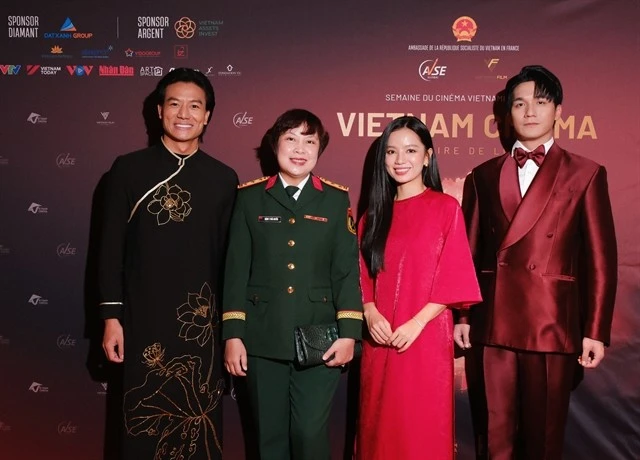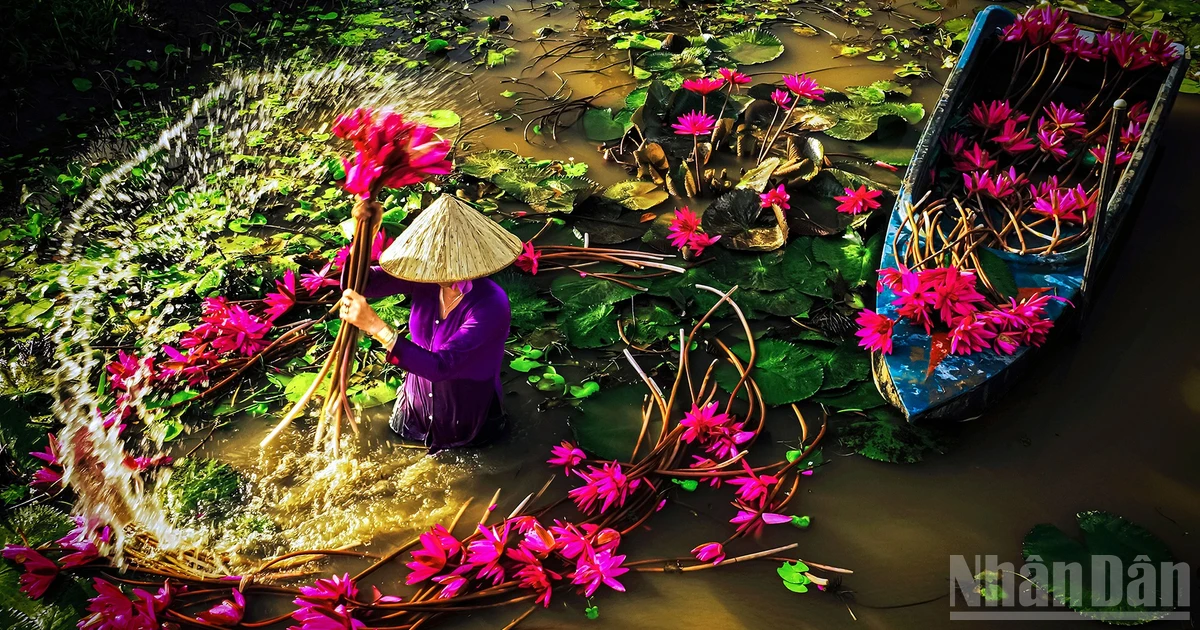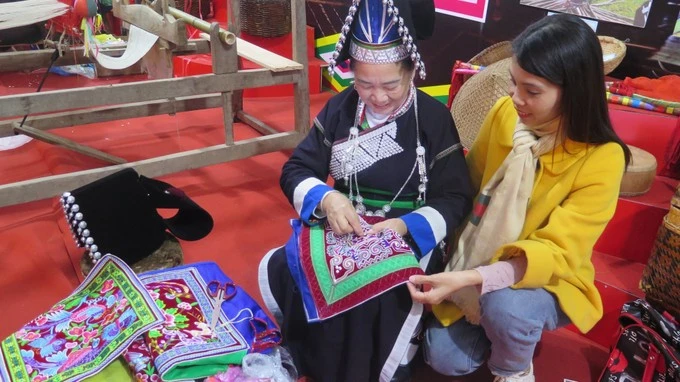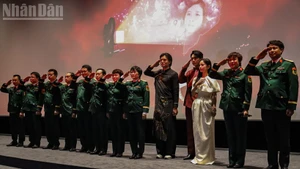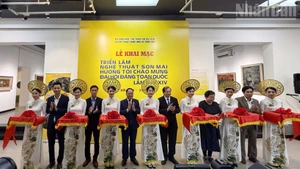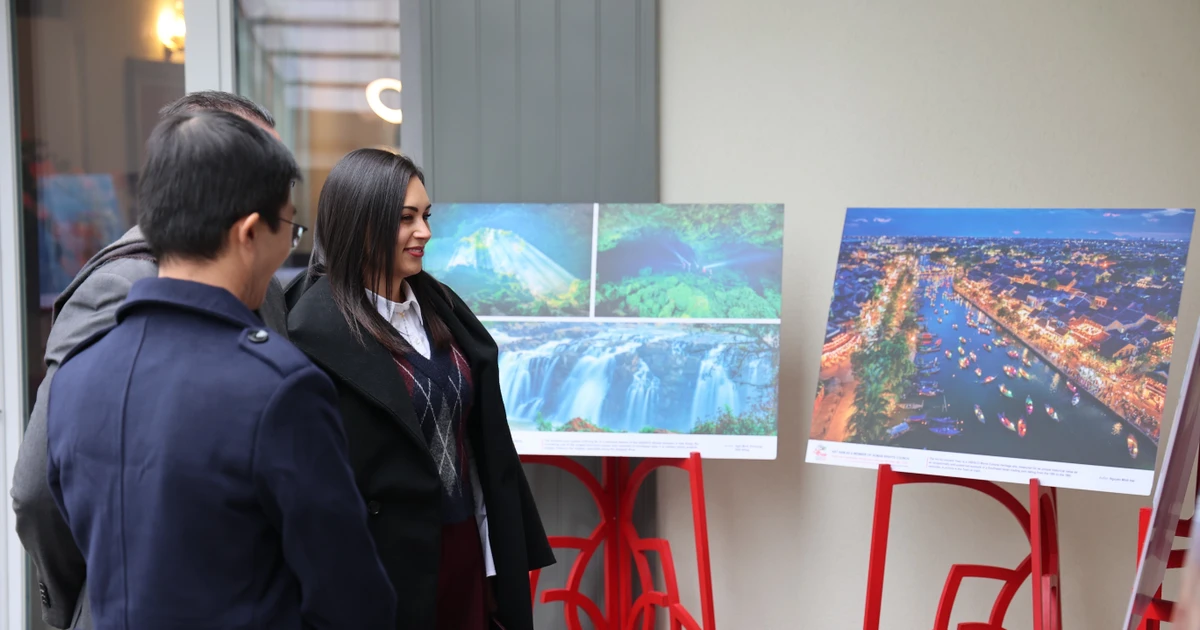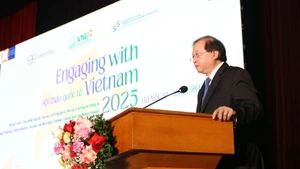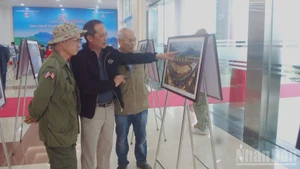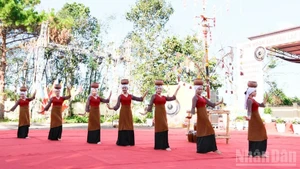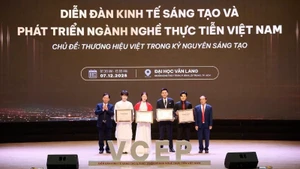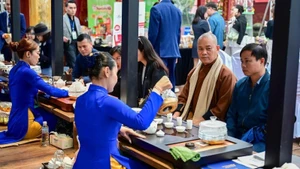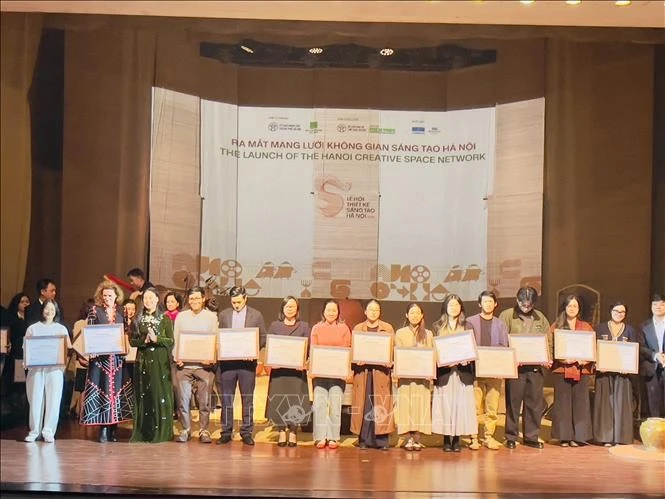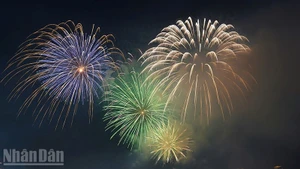Tran Dinh Thanh, Deputy Director of the Cultural Heritage Department at the Ministry of Culture, Sports and Tourism, said the centre is considered a role model in relic conservation and restoration in Vietnam, and that Hue city of central Thua Thien-Hue province, a destination with five heritages, is a brand of Vietnamese tourism and also a top choice of domestic and foreign visitors.
He asked the centre to continue diversifying services at the Complex of Hue Monuments, rehabilitating relics, and applying digital technology to popularise the complex so that the site will become a magnet for tourists.
Director of the centre Hoang Viet Trung said the Hue cultural heritages have escaped from the status of being in need of urgent safeguarding and are gradually having their original look restored.
At present, Hue is home to five UNESCO-recognised world cultural heritages, namely the Complex of Hue Monuments (a world heritage site), “Nha nhac” or Vietnamese court music (Intangible Cultural Heritage of Humanity), the woodblocks of the Nguyen Dynasty (part of the Memory of the World Programme), the imperial archives of the Nguyen Dynasty (part of the Memory of the World Programme), and the Literature on Hue Royal Architecture (part of Documentary Heritage in the Memory of the World Programme).
Over the last four decades, the centre has preserved and rehabilitated hundreds of relics in the complex, including Ngo Mon (Noon Gate), Hien Lam Pavilion, The Mieu Temple, Duyet Thi Duong Theatre, and Dien Tho, Thai Hoa, and Kien Trung palaces. It has also recovered some of the most important royal festivals of the Nguyen Dynasty (1802 - 1945).
The centre now has cooperative ties with over 30 international organisations and tens of institutes, universities, and sectors of Vietnam to carry out studies, heritage conservation, and cultural exchange.

